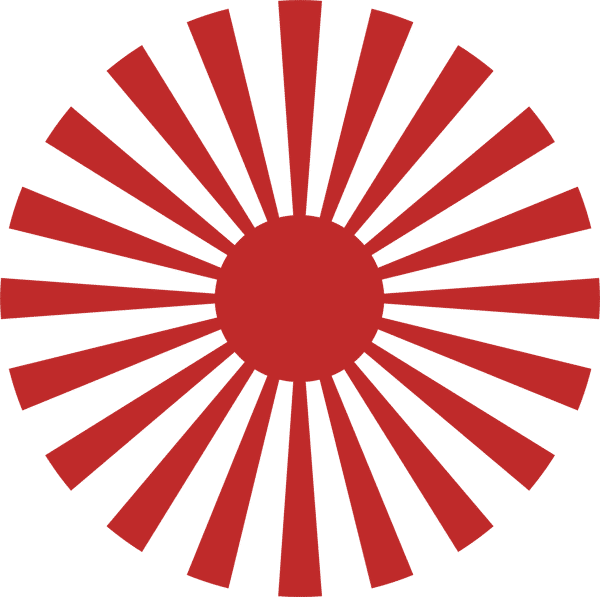Although karate is a single discipline, it has given rise to several distinct styles over the years. Each style has its own unique philosophy, techniques and katas. Below, you’ll find a description of some of the most popular and widely practised styles of karate, as well as their main differences.
1. Shotokan
Shotokan is probably the most widely practised style of karate in the world. Founded by Gichin Funakoshi, Shotokan is characterized by its linear, powerful movements, long postures and wide range of katas. Shotokan also emphasizes kihon (basics), kata (forms) and kumite (fighting).
2. Goju-Ryu
Goju-Ryu, founded by Chojun Miyagi, is known for its blend of “hard” and “soft” techniques. Goju-Ryu movements are generally more circular than Shotokan, and there’s a strong emphasis on breathing and open-hand techniques. Goju-Ryu is also known for its Sanchin kata, which is unique to this style.
3. Shito-Ryu
Founded by Kenwa Mabuni, Shito-Ryu is a style that combines elements of Shotokan and Goju-Ryu. It is characterized by its large number of katas and its mix of linear and circular techniques. Shito-Ryu also emphasizes speed and fluidity of movement.
4. Wado-Ryu
Wado-Ryu, founded by Hironori Otsuka, is a style of karate that incorporates elements of traditional Japanese martial arts such as jujitsu. Wado-Ryu is characterized by its fluid, natural movements, and emphasizes avoidance and redirection rather than direct blocking of attacks.
- Chito-Ryu Karate
- Goju-Ryu Karate
- Kyokushin Karate
- Ryuei-Ryu Karate
- Shindo Jinen Ryu Karate
- Shito-Ryu Karate
- Shorin-Ryu Karate
- Shotokan Karate
- Shukokai Karate
- Toon-Ryu Karate
- Uechi-Ryu Karate
- Wado-Ryu karate
Each of these styles has its own strengths and particularities, and the choice of style often depends on the individual’s personal preferences. Some may prefer the power and structure of Shotokan, while others may be attracted by the fluidity of Goju-Ryu or the diversity of Shito-Ryu. Ultimately, all these styles share the same goal of developing the individual’s character through the practice of karate.

